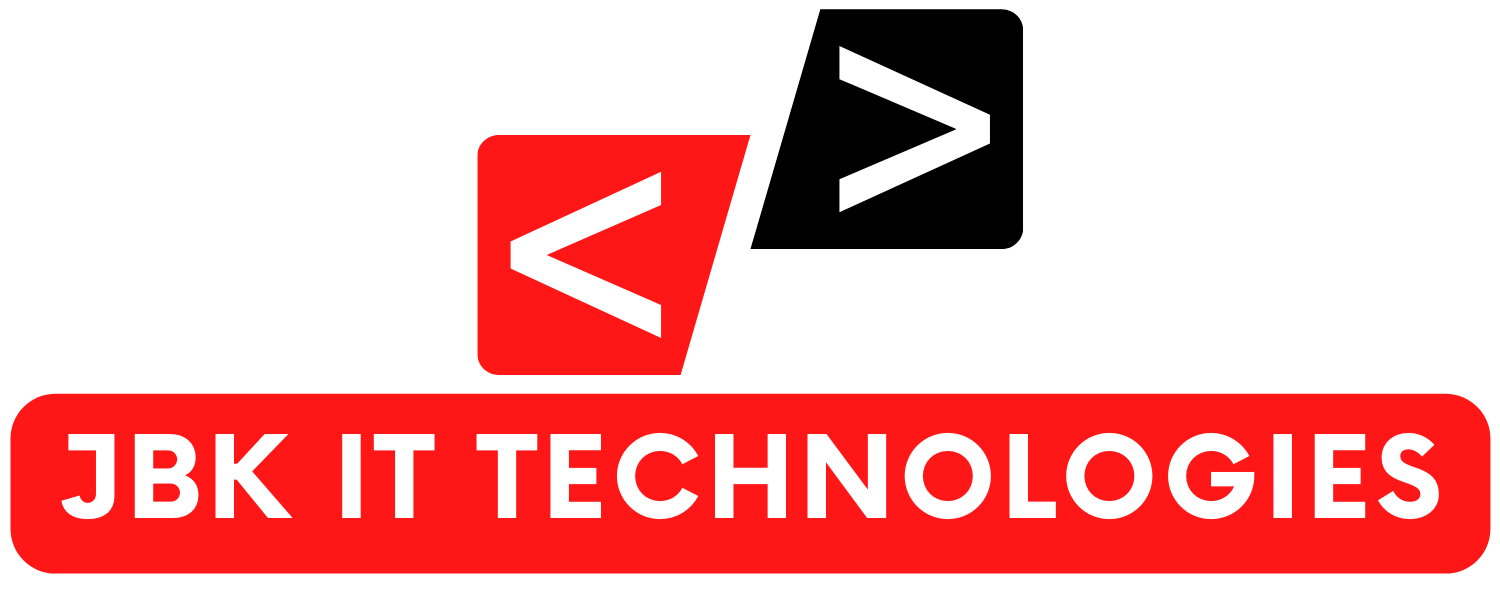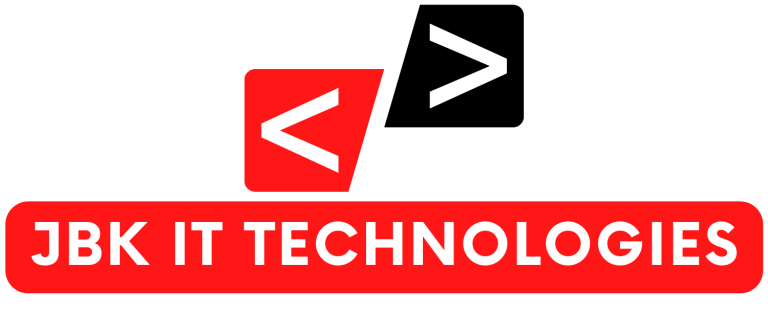Enterprise Resource Planning (ERP) and SAP (Systems, Applications, and Products) are two interrelated concepts that have significantly impacted the world of business and technology. Let’s start by providing an introduction to ERP and then delve into the history of SAP.
Enterprise Resource Planning (ERP):
Enterprise Resource Planning, commonly known as ERP, is a software system that organizations use to manage and integrate various business processes and functions across different departments. The primary goal of ERP is to streamline operations, enhance efficiency, and provide a unified view of data and processes within an organization. ERP systems typically cover areas such as finance, human resources, manufacturing, supply chain, customer relationship management (CRM), and more.
ERP systems consolidate data from various sources, automate routine tasks, and enable real-time data sharing, making them essential tools for modern businesses seeking to optimize their operations. These systems provide a centralized platform for data storage, reporting, and decision-making, which helps organizations adapt to changing market conditions and make informed decisions.
History of ERP:
The roots of ERP can be traced back to the 1960s and 1970s when businesses began developing software to automate their manufacturing processes. Initially, these systems were primarily focused on managing inventory and production planning. Over time, they evolved to encompass a broader range of functions.
In the 1980s, the concept of Material Requirements Planning (MRP) emerged, which extended the scope of these systems to include materials procurement and inventory management. MRP II (Manufacturing Resource Planning) further expanded the functionality by integrating other business areas like finance and human resources.
The term “Enterprise Resource Planning” was coined in the early 1990s as ERP systems continued to evolve. ERP systems gained prominence as organizations recognized the need for a unified solution to manage their entire enterprise. Companies like SAP, Oracle, and JD Edwards became key players in the ERP market.
SAP (Systems, Applications, and Products):
SAP is one of the world’s leading providers of ERP software and related applications. It was founded in 1972 by five former IBM employees in Germany. The company initially developed standard software for real-time data processing, but it was the release of SAP R/2 in the late 1970s that marked its entry into the ERP arena.
SAP R/2 was designed for mainframe computers and offered integrated solutions for financial accounting and materials management. In the 1990s, SAP released SAP R/3, which was a significant breakthrough. It introduced a client-server architecture and supported a broader range of business processes, making it one of the most comprehensive ERP solutions available.
Since then, SAP has continued to innovate and adapt to changing technology trends, offering a wide range of products and solutions to meet the evolving needs of businesses worldwide. SAP’s ERP software has been implemented by thousands of organizations globally, across various industries.
In conclusion, ERP systems like SAP have played a pivotal role in revolutionizing how organizations manage their resources and operations. They have evolved over the decades, providing businesses with the tools needed to thrive in today’s complex and competitive business environment.

